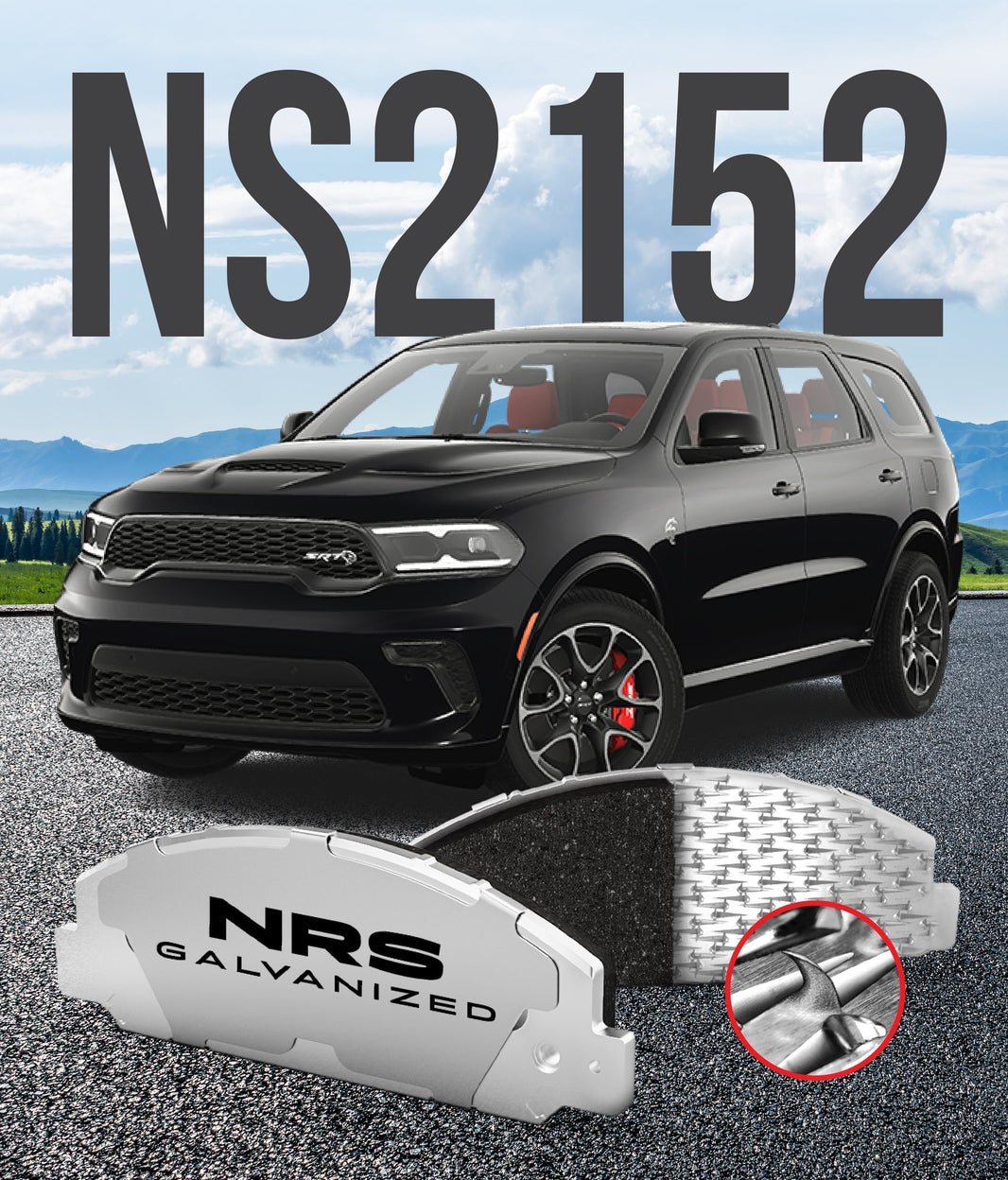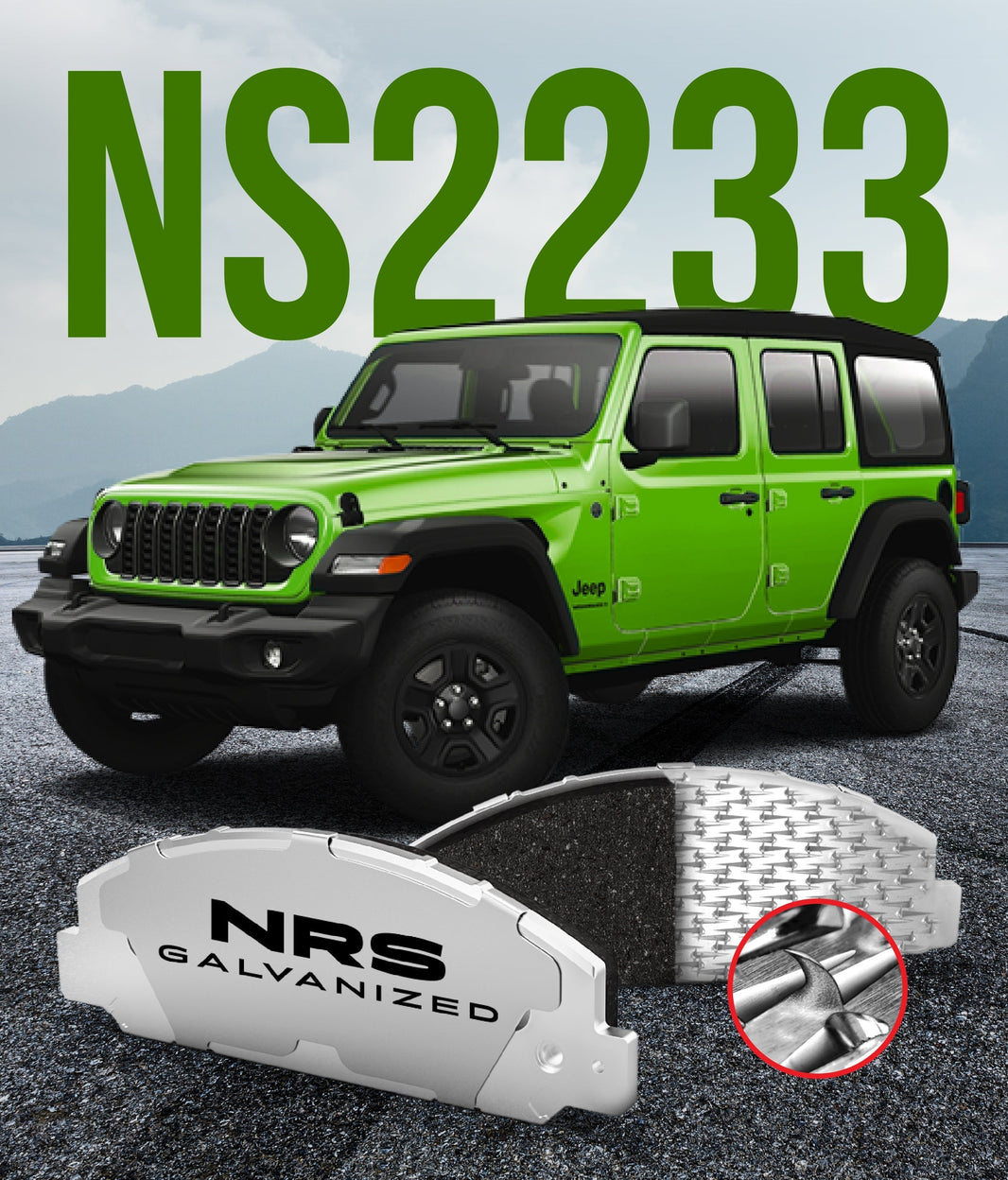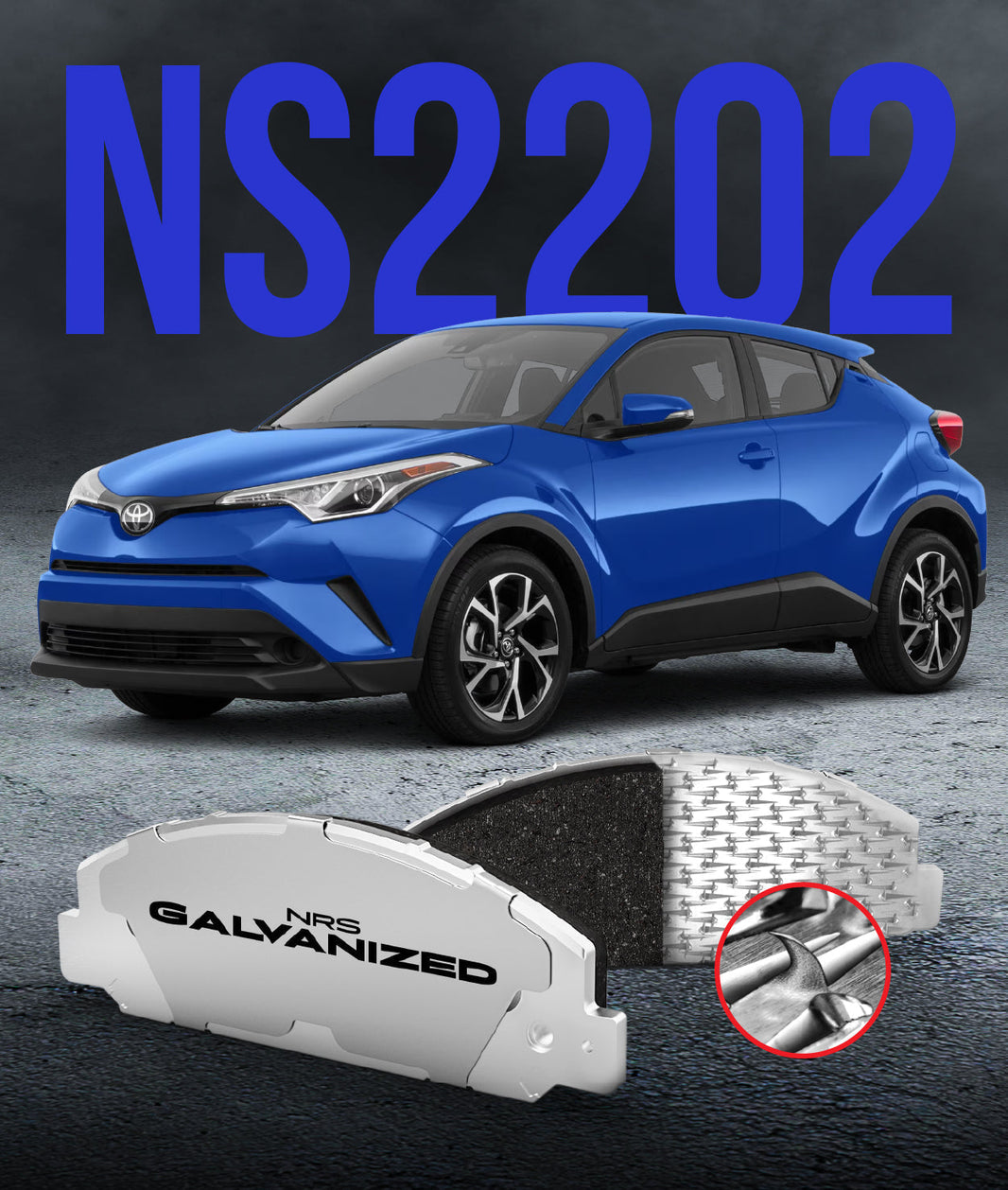
You are cruising down the highway when you first notice it: a faint, rhythmic humming or grinding sound coming from one of the wheels. As the days go by, the noise gets progressively louder, leaving you with a sense of unease. Is it a simple brake issue, or is it a sign of a more serious problem lurking within the wheel hub?
This is a common diagnostic challenge for any car owner. Differentiating between brakes or wheel bearing noise can be tricky, as both can produce alarming sounds. This guide will provide a clear, step-by-step process to help you listen to the clues, perform simple tests, and confidently identify the source of the noise.
Understanding the Suspects
To diagnose the problem, you first need to understand the two likely culprits and their very different jobs. Your brakes and your wheel bearings are located in the same area, but they function independently of each other. Their distinct roles are the key to telling their failure sounds apart.
One system is designed to create friction, while the other is designed to eliminate it. This fundamental difference is why their failure noises are unique.
What Your Brakes Do
Your car's brakes create friction to convert the energy of motion into heat, which slows your vehicle down. This is an intentional, high-friction process. A noise coming from your brakes is almost always a direct result of the brake pads making contact with the brake rotors.
Because their function is intermittent, brake noise is typically tied to a specific action. The sound will usually only occur when you are actively using the brakes.
What Your Wheel Bearing Does
A wheel bearing does the exact opposite of your brakes. It is a precision-made assembly of hardened steel balls or rollers that allows your wheel to rotate with very little friction. Its job is to support the vehicle's weight while letting the wheel spin freely for thousands of miles.
Think of it like the bearings in a high-quality skateboard wheel, which allow it to spin smoothly and quietly. A wheel bearing only makes noise when it becomes damaged and its smooth rolling action is compromised. This noise is tied to rotation, not to the action of braking.
The Telltale Sounds: How to Listen Like a Pro
The single most important clue in this diagnosis is the sound itself and, more importantly, when you hear it. Each problem has a distinct auditory signature. Paying close attention to the characteristics of the noise will usually lead you directly to the source.
Try to find a safe, quiet road where you can listen carefully without other distractions. Make mental notes of when the sound appears, when it disappears, and how it changes.
The Sound of Bad Brakes
Noise from worn brake components is typically sharp and high-pitched, or a harsh, metallic grinding. The most common sound is the high-pitched squeal from the built-in wear indicator. This is a small metal tab designed to contact the rotor when the pads are low.
The most critical clue is that these sounds will be most prominent when you are pressing the brake pedal. A grinding sound that only occurs during braking is a severe warning that your pads are completely worn down to the metal backing plate. If the noise goes away when you release the pedal, you are almost certainly dealing with a brake issue.
The Sound of a Bad Wheel Bearing
A failing wheel bearing produces a very different kind of sound. It is typically described as a deep, rhythmic humming, rumbling, or growling noise. It is the sound of metal rolling over a damaged surface.
Crucially, this noise is directly related to your vehicle's speed, not the brake pedal. The sound will be present while you are accelerating or coasting and will get louder and higher in pitch as your speed increases. It is a constant companion that is tied to the rotation of the wheel.
The Feel of the Problem: Sensations and Vibrations
In addition to sounds, both problems can create distinct vibrations that you can feel while driving. Paying attention to these tactile clues can help confirm your diagnosis. The location and timing of the vibration are just as important as the noise itself.
These sensations are your car communicating a problem to you directly. Differentiating them is a key diagnostic step.
-
Brake Pedal Pulsation: If you feel a distinct pulsing or vibration back through the brake pedal specifically when you are braking, that is a classic sign of warped brake rotors. This is a brake-specific problem.
-
Steering Wheel Vibration: A bad front wheel bearing can sometimes cause a subtle but constant vibration in the steering wheel. This vibration will change in frequency with your speed, not with the application of the brakes.
-
Vehicle Pulling: A brake problem, like a sticking caliper, will often cause a distinct pull to one side during braking. A severely worn wheel bearing can also cause a slight pull, but it tends to be less pronounced and may be present even when you are not on the brakes.
The Definitive Tests: A Diagnostic Checklist
You can perform a few simple tests in a safe location, like an empty parking lot, to get a definitive answer. These maneuvers are designed to isolate one system from the other. This allows you to confirm your suspicions with a high degree of certainty.
Always perform these tests at a low, safe speed. The goal is to diagnose the problem, not to make it worse.
-
The "On-Off" Brake Test: Get your vehicle up to a speed where the noise is constant and audible. While maintaining that speed, lightly press the brake pedal. If the sound immediately changes or stops, the problem is almost certainly in your brake system.
-
The "Swerve" Test: At a low speed (15-20 mph), gently swerve the car from left to right. This action shifts the vehicle's weight, loading and unloading the wheel bearings. Often, a bad wheel bearing will get louder when you turn away from it (e.g., a bad right bearing gets louder on a left turn) and quieter when you turn into it.
-
The "Spin" Test: Safely raise the suspect corner of the car on a jack stand so the wheel is off the ground. Place your hands on the coil spring while you spin the wheel by hand. A bad bearing will often transmit a rough, grinding vibration through the spring that you can easily feel.
-
The "Wiggle" Test: With the wheel still in the air, grab it firmly at the top and bottom (the 12 and 6 o'clock positions). Try to wiggle the wheel in and out. If you feel any play, movement, or hear a clunking sound, you have a bad wheel bearing. There should be no free play in a healthy bearing.
Conclusion: A Noise You Cannot Afford to Ignore
The key difference between brakes or wheel bearing noise lies in timing. Brake noise is directly related to the action of pressing the brake pedal, while wheel bearing noise is tied to the speed and rotation of the wheel. Listening for this distinction is your most powerful diagnostic tool.
Never ignore a persistent grinding, humming, or squealing noise coming from your wheels. Both a failed brake system and a failed wheel bearing are issues critical to your safety. By using these simple tests, you can identify the source of the problem and seek the appropriate repair with confidence, ensuring your vehicle remains reliable and safe. At our company, we design the Best Brake Pads to provide silent, confident stopping power, because we know that a quiet ride is a sure sign of a healthy brake system.
What is the most memorable or difficult-to-diagnose noise you have ever encountered on a vehicle?




